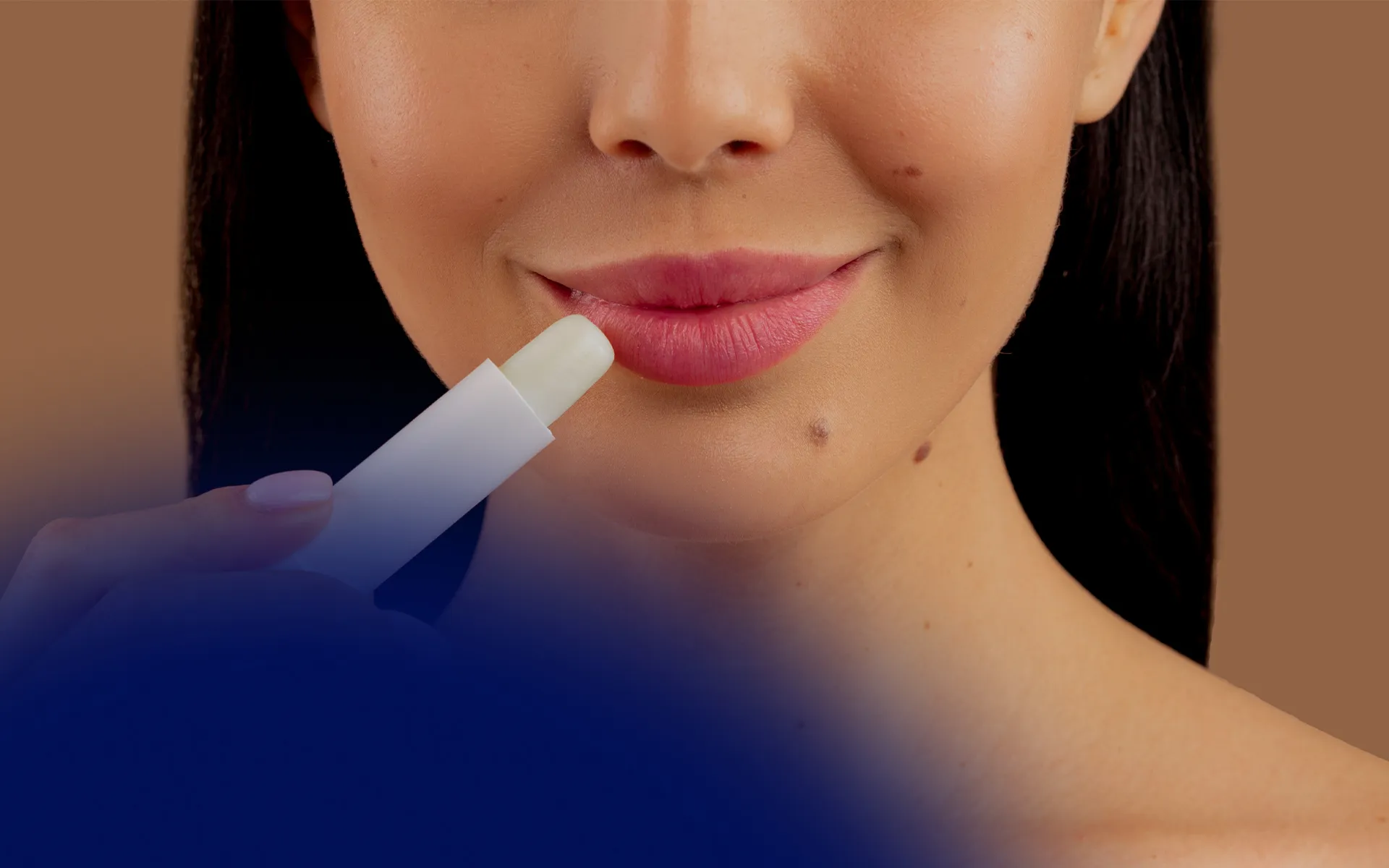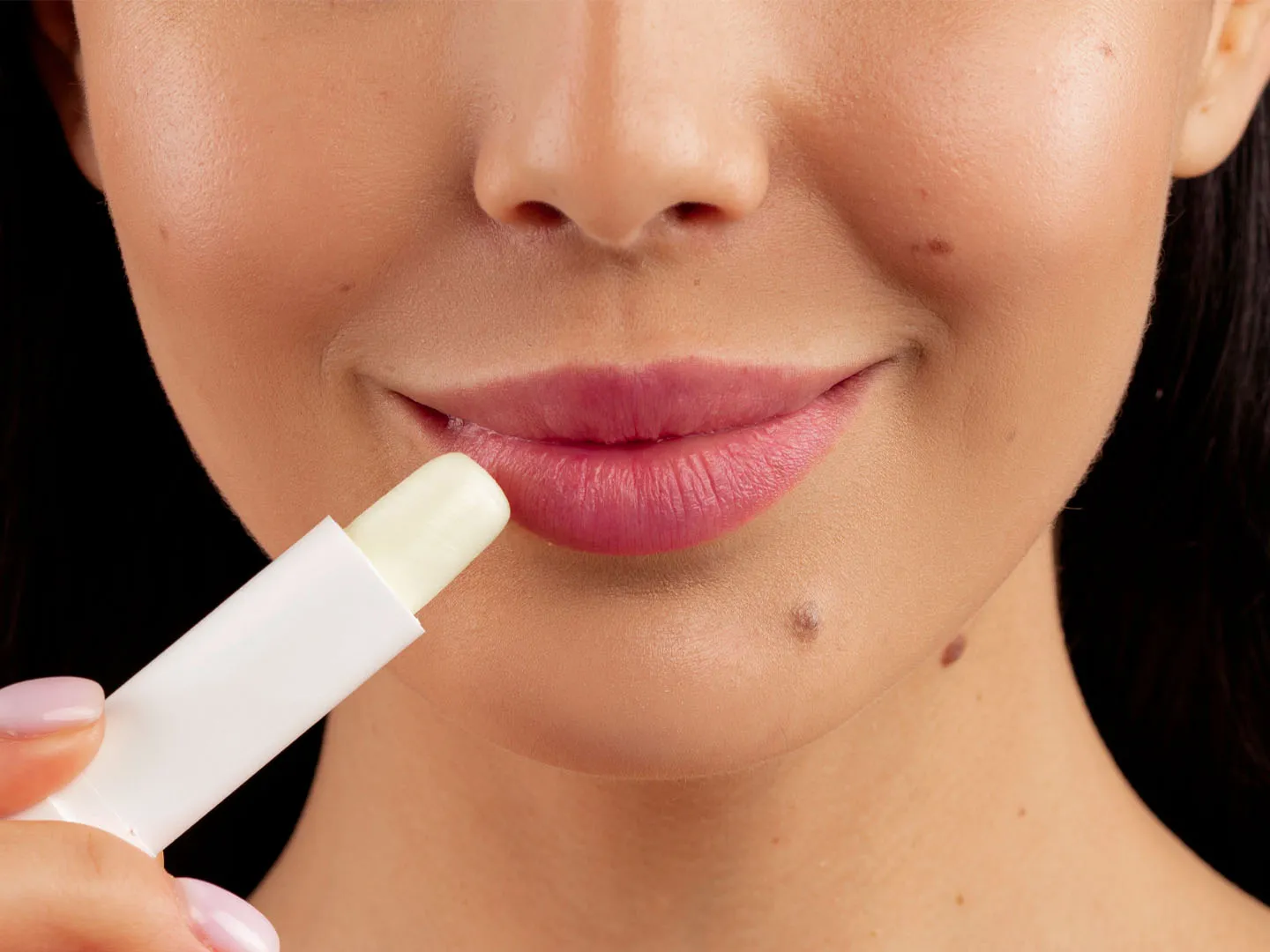
Whether you're a medical aesthetician or a patient seeking plumper lips, understanding lip injection after care is essential for safety, comfort, and optimal results. The first 48 hours post-procedure are crucial, but ongoing care can make all the difference in how long your results last.
In this guide, we break down the best aftercare practices, side effect management, what to avoid, and how to preserve the results of your lip enhancement.
Why Proper Lip Injection After Care Matters
The lips are a highly vascular, sensitive area, which makes after-lip injection care particularly important. With numerous tiny blood vessels, the lips are prone to swelling, bruising, and potential complications if proper care is not taken. After receiving a lip filler treatment, patients must follow recommended aftercare steps to promote healing and ensure the best aesthetic outcome.
Neglecting aftercare can lead to prolonged swelling, discomfort, and uneven results. In some cases, improper post-procedure habits may contribute to more serious concerns like nodules, infections, or vascular occlusion. For medical aestheticians, educating patients on how to care for the results of lip enhancement procedures ensures client satisfaction, reduces risk, and builds trust. A well-informed client will have a better experience, more predictable healing, and be more likely to return for future treatments.
The Dos and Don’ts of Lip Filler Aftercare
Proper aftercare is essential to ensure your lip filler results heal beautifully and last as long as possible. While the procedure itself is relatively quick and minimally invasive, what you do in the hours and days following your treatment can significantly impact your outcome. Following the right aftercare steps helps minimize swelling, reduce bruising, and prevent complications such as filler migration or uneven results.
Understanding how to care for lips after injections means knowing what to do and what to avoid.
Dos:
Staying hydrated is essential for both general well-being and lip filler longevity. Drinking plenty of water helps the body metabolize the filler evenly and maintain the plumpness of the lips. Using a gentle, fragrance-free lip balm will also keep the lips moisturized and prevent excessive dryness or cracking.
Patients experiencing bruising can take arnica or bromelain supplements, which have been known to reduce swelling and help speed up healing. However, any supplements should be discussed with a healthcare provider before use. Additionally, avoiding excessive sun exposure and applying a high-SPF lip balm can protect the lips from UV damage, which may degrade hyaluronic acid fillers.
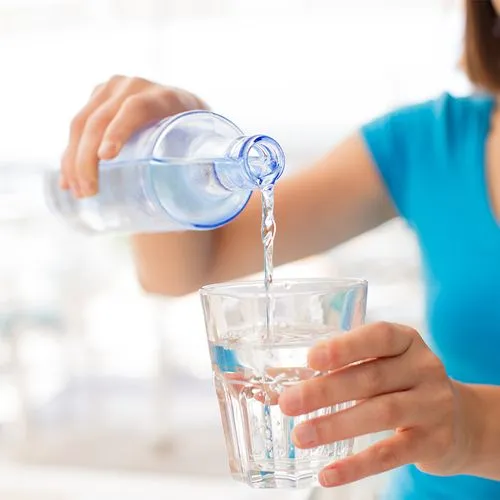
Don’ts:
Certain habits can negatively impact healing and filler retention. Patients should avoid alcohol and caffeine for at least 24 hours, as these substances can dilate blood vessels and increase swelling. Salty and spicy foods should also be limited, as they can lead to additional irritation.
Makeup and active skincare ingredients such as retinol, AHAs, and BHAs should not be applied around the lips for at least 24 hours to prevent potential irritation or infection. Strenuous exercise should be avoided for at least 48 hours, as increased blood flow can exacerbate swelling and bruising. Patients should also refrain from touching or pressing on their lips to prevent unwanted filler migration.
How Do You Prevent Duck Lips After Fillers?
Preventing “duck lips” after fillers starts with understanding facial anatomy and using precise, conservative lip filler techniques. Overfilling or incorrect placement of the product, especially in the vermillion border or too far above the natural lip line, can result in an unnatural, protruded appearance.
To avoid this, tailor the treatment to the patient’s unique lip shape and structure, focusing on enhancing rather than exaggerating your natural features. Additionally, patients need to follow all post-treatment guidelines, as swelling can temporarily distort the lips and may be mistaken for overfilling. A balanced approach and open communication with your patient are key to achieving subtle, natural-looking results without the signs of duck lips.
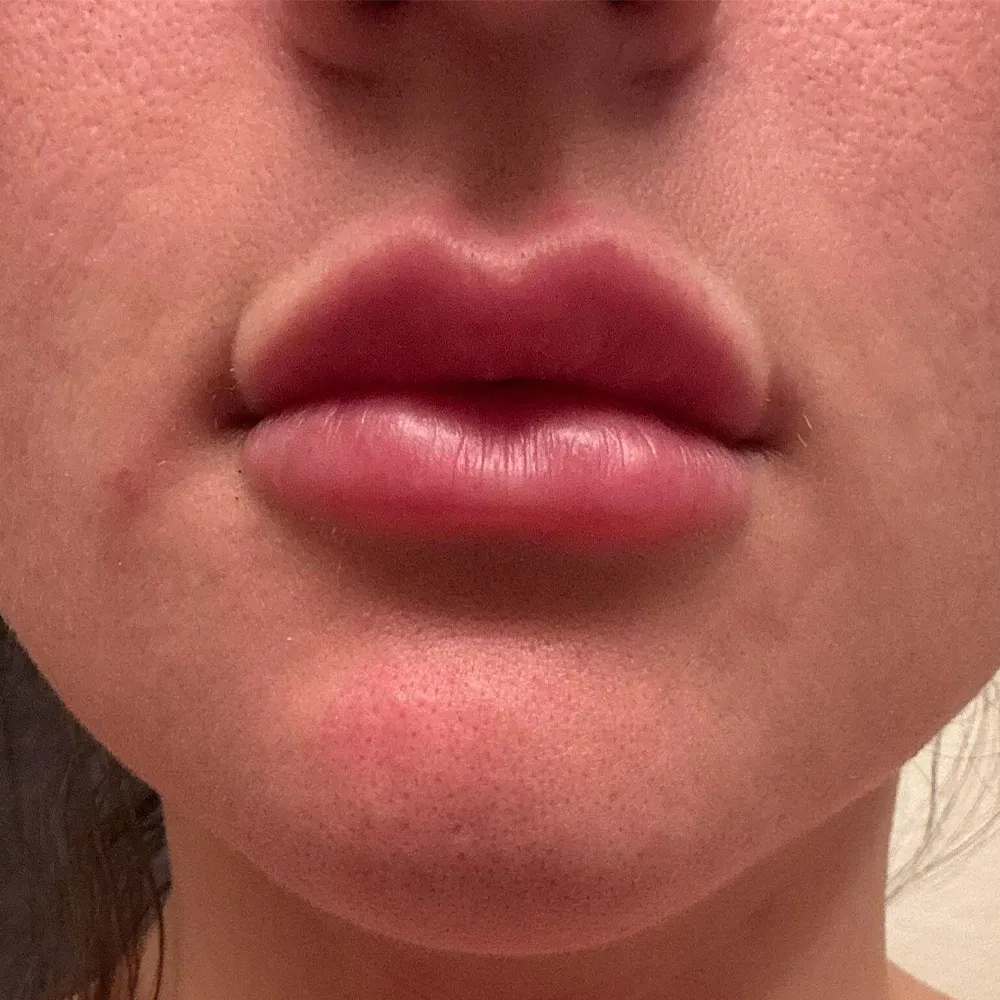
Common Side Effects and When to Seek Help
Most patients experience mild and temporary side effects after lip injections. These typically resolve within 3 to 5 days and may include:
- Swelling around the injection area.
- Redness or slight discoloration.
- Minor bruising, especially near the corners of the mouth.
- Firmness or uneven texture as the filler settles.
It's important to recognize symptoms that go beyond typical side effects. Seek immediate medical attention if you notice:
- Severe or prolonged swelling that worsens instead of improving
- Intense pain or throbbing in the lips.
- Skin discoloration such as pale, white, or purple areas, which could be a sign of vascular occlusion lip filler complication.
- Lip filler nodules that persist beyond a week and are sometimes manageable with gentle massage.
Recognizing and Managing Allergic Reactions
Though rare, allergic reaction to lip filler can occur, usually due to ingredients such as lidocaine or preservatives in the filler formula. These reactions are typically linked to ingredients within the filler, such as lidocaine or other additives.
Symptoms may include itching, hives, persistent swelling, or a rash around the lips. In more severe cases, individuals may experience difficulty breathing or swelling of the throat, which can indicate a serious allergic response requiring immediate emergency care.
To reduce the risk of an adverse reaction, patients need to disclose any known allergies or sensitivities during their consultation. A patch test may be recommended in some cases, especially for first-time patients or those with a history of allergic reactions. Aestheticians should also be prepared to recognize early signs of a reaction and have protocols in place, including access to antihistamines or epinephrine in case of emergencies.
Can I Brush My Teeth After Lip Filler?
Yes, you can brush your teeth after getting lip filler, but it’s important to do so with extra care, especially within the first 24 to 48 hours. During this initial healing phase, your lips may be swollen, tender, or slightly bruised, and aggressive brushing or excessive stretching of the mouth can increase discomfort or potentially disrupt the placement of the filler.
Use a soft-bristled toothbrush and avoid pulling your lips tightly while brushing. If you need to floss, do so gently and take your time. Avoid using electric toothbrushes during this period, as the vibrations may cause unnecessary pressure or irritation near the injection sites. If you're unsure or experience unusual discomfort, it's always best to consult with your provider for personalized aftercare advice.
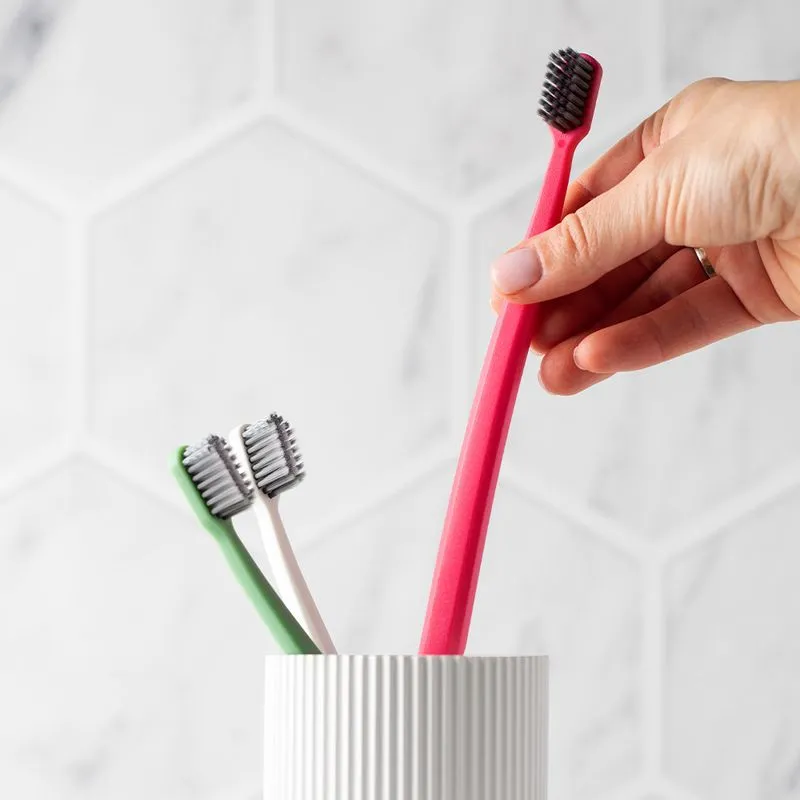
Patient Education
Those interested in learning more about professional lip treatments and advanced techniques can explore lip augmentation training. Patient education plays a crucial role in ensuring positive outcomes. Clear aftercare instructions help clients achieve beautiful, long-lasting results while minimizing risks.
Discussing post-procedure expectations, possible side effects, and best practices allows patients to feel confident in their decision to enhance their lips. Keeping up with the latest industry advancements and lip filler techniques is essential for practitioners. Advanced medical aesthetics courses provide valuable knowledge and hands-on training to improve patient care and deliver consistent, high-quality results.
Final Words
Proper care after lip injections is a key factor in achieving smooth, natural-looking, and long-lasting results. Whether you are a patient following a recent procedure or a medical aesthetician guiding clients, knowing what to do (and what to avoid) can significantly improve the overall experience.
References:
- Kroumpouzos, G.; et al. Complications of fillers in the lips and perioral area: Prevention, assessment, and management focusing on ultrasound guidance. ScienceDirect. 2023. https://www.sciencedirect.com/science/article/abs/pii/S1748681523000712
- Bulam, H.; et al. A Severe Acute Hypersensitivity Reaction after a Hyaluronic Acid with Lidocaine Filler Injection to the Lip. ResearchGate. 2015. https://www.researchgate.net/publication/274009765_A_Severe_Acute_Hypersensitivity_Reaction_after_a_Hyaluronic_Acid_with_Lidocaine_Filler_Injection_to_the_Lip
Disclaimer:
This article is intended for licensed medical professionals. All protocols, dosages, and treatment insights referenced herein are based on published literature. The content is not intended to encourage application, diagnosis, or self-treatment of unlicensed individuals, and should not be used as a substitute for the clinical judgment of a qualified healthcare provider.
